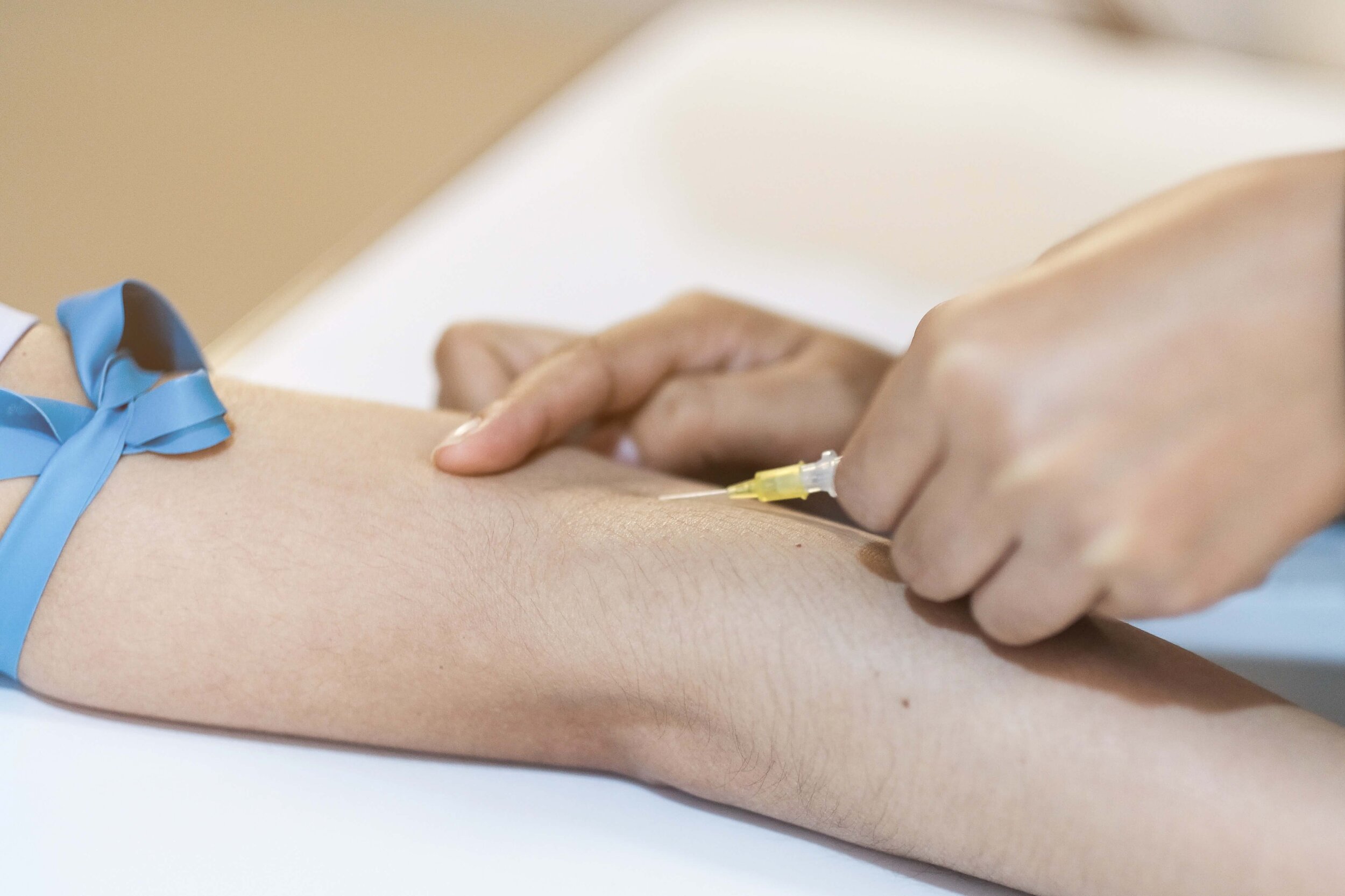Pain and Needle Insertion - Part I
When hypodermic injections are applied, it causes pain. Therefore the pain effect and its geometry are investigated in a research. It is needle gauge which significantly affects the pain frequency during insertion of a needle to patients. Insertion of 27-28 gauge needles had 50 percent chance of being painful which was higher when compared to a 31 gauge needle which had 39 percent chance of being painful. The bleeding also decreases when the size of needle decreases. If the needle is also lengthy, it is also expected to increase pain.
It is also noted that the needle insertion mechanism is also associated with pain such as the mechanical workload and pain. It is also found out that lubrication reduces the force of insertion and reduces pain and the needle sharpness also plays a vital role in reducing pain. Many of the researchers are working on developing smaller needles to reduce pain. However there are some challenges associated with it as the needle should have superior strength and be produced in a cost effective manner.
Some companies have also developed needles smaller than 30 gauges which are used for insulin delivery. 31 gauge needles are just 1-3 mm long and are designed to remain on the skin and provide easy way for interdermal vaccination, facilitated by antigen delivery to the Langerhans and dendritic cells of the skin. The trials are under way and it is noted that it also has the potential for delivery of other therapeutics on the skin.
